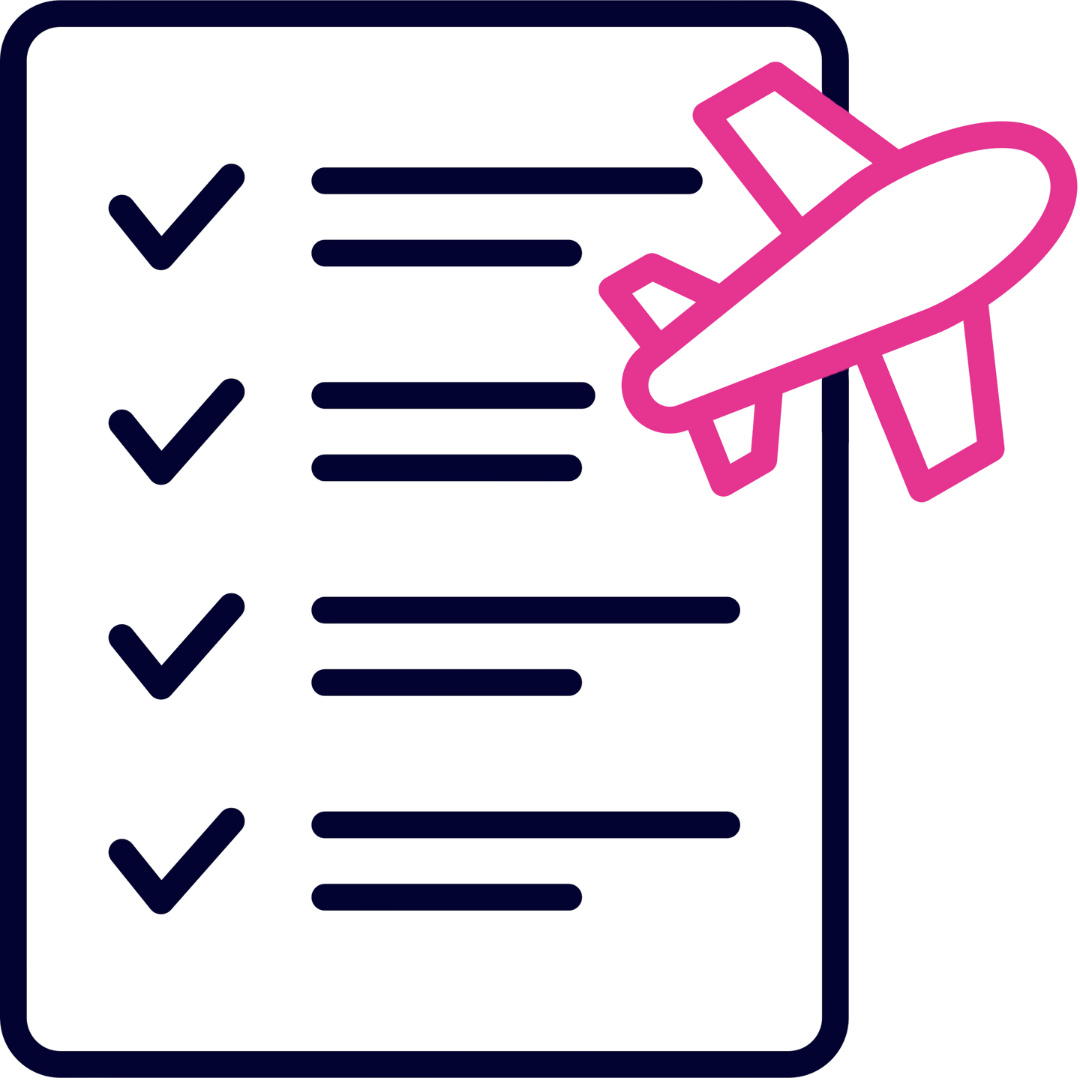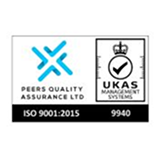Situational Awareness: How ADS-B can help airports
Within the aviation industry, it’s commonly understood that pilots and air traffic controllers need good situational awareness: a clear understanding of what’s happening around them.
However, the importance of situational awareness to airport teams is less well-known. Yet, it’s crucial to the smooth running of an airport — from managing ground traffic to allocating gates and tracking which services aircraft are using.
Thankfully, new technology is making it easier and more affordable for airport teams to gain greater situational awareness, even at the smaller general aviation airports. The growth of ADS-B (Automatic Dependent Surveillance-Broadcast), a more accurate way of tracking aircraft, is fuelling this change. ADS-B enables aircraft and ground vehicles to broadcast real-time information (such as their key identifier, position, altitude, and velocity) to others with the equipment to receive it: usually other aircraft and Air Traffic Control (ATC) but increasingly, airport operations teams.
In this blog, we will briefly overview ADS-B and its advantages over traditional radar-based surveillance and then explain how it can help airports, particularly general aviation airports.
The benefits of ADS-B
ADS-B is one of the technologies implemented to help upgrade the air traffic control system to deal with more flights more efficiently. It is part of the United States NextGen program and Europe’s Single European Sky Air Traffic Management Research Programme (SESAR).
It’s been developed as a low-cost replacement for radar and uses GPS to provide greater precision and coverage of the earth’s surface. For instance, radar-based surveillance didn’t cover large parts of Australian airspace but is now visible via ADS-B. This is because low-cost ADS-B-receiving stations could be sited at strategic points on the ground. Unlike conventional radar, ADS-B also works at low altitudes and on the ground so that it can be used to monitor traffic on the taxiways and runways of an airport.
ADS-B works using a combination of satellites, transmitters, and receivers. Aircraft or ground vehicles broadcast a signal (ADS-B Out) which reveals information such as their flight identifier, altitude, horizontal position, speed, direction, and more (based on GPS), and this signal can then be picked up by ground receivers or by other aircraft (ADS-B In) in real-time. Aircraft equipped with ADS-B In can also use this technology to get real-time weather and traffic updates in the cockpit.
ADS-B is, therefore, an incredibly important tool for safety, spatial awareness, and the management of sky and ground traffic.
The US now requires aircraft flying in most controlled airspace to be equipped with ADS-B Out, but other parts of the world are further behind in making it mandatory. This article has a useful summary of the ADS-B requirements in different continents and countries.
Using ADS-B to improve airport operations
Although the benefits of ADS-B are well-known amongst pilots and ATCs in commercial and general aviation, the benefits to airport operations are less well understood. However, they do exist.
The key advantage is that you get real-time information about the status of flights and the position of all aircraft within your airport and up to 350 nautical miles around it. This means that airport operations teams can be fully aware of what’s happening at any given moment. While many airports subscribe to flight information schedules, they don’t always provide real-time flight information, including on-block or off-block times. ADS-B, however, can assist with providing this information.
For smaller airports that don’t have a tower, this means that ADS-B can act as a kind of ‘virtual tower’, enabling teams to track inbound and outbound flights automatically. It gives airport managers access to ATC-style data for incoming flights and ground traffic, which can greatly improve situational awareness, safety, and operational planning. It’s particularly valuable to airports that experience extreme fluctuations in traffic, which can challenge their operations. For instance, Augusta Regional Airport in the US sees a huge upsurge in traffic during The Master’s golf tournament, and this requires extra awareness and planning on the ground outside of traditional gate management systems.
Another key benefit is that because ADS-B can even track aircraft once they have landed (provided it remains enabled and broadcasting), airport teams can automatically track when aircraft are landing, departing, taxiing, and moving on and off-ramps. This can ensure more accurate billing for services, such as ‘touch and go’ or landing fees. It can also help teams monitor noise abatement issues.
For smaller airports that traditionally rely on manual tracking using paper-based systems or spreadsheets, harnessing the potential of an automated solution such as ADS-B can be revolutionary. It can significantly reduce manual administration, the risk of human error, and the negative consequences of this, such as under-billing.
As our airspace becomes more crowded, particularly with the increased popularity of drones and UAVs, we need better awareness of where craft are, both in the air and on the ground. ADS-B is a vital tool that can help with this, and in most airspace, it’s now being either mandated or heavily encouraged and subsidized. It will eventually replace radar as the primary surveillance method for ATC monitoring and aircraft separation worldwide. As a result, more and more airports will inevitably use ADS-B, and the benefits it offers them will increase as the technology develops and software providers further maximize its potential.
Situational Awareness Software, powered by ADS-B
The AeroCloud airport management platform has a Situational Awareness module, which enables your team to become better informed and more aware. Based on ADS-B technology, this module can receive any ADS-B signal broadcast by an aircraft within 350 nautical miles. It can track the position of each aircraft in real-time and provide information about its flight number, tail number, aircraft type, altitude, speed, direction, and more.
It enables you to:
- Improve daily operations and safety by gaining complete visibility of everything that’s happening now in and around your airport (with map views)
- Ditch manual record-keeping and significantly improve your efficiency by automatically tracking how an aircraft uses your airport, including the time it lands, arrives at a stand, and departs from a stand
- Build a permanent digital record, which you can interrogate later. This will improve invoice accuracy and can help you resolve issues or discrepancies related to billing or noise abatement.
- Situational Awareness is just one module in our intelligent airport management platform, which makes operations teams’ lives easier by automating tasks and ensuring everyone across the airport gets the information they need.
The AeroCloud platform is built for the cloud, so it’s fast, lightweight, and flexible. It can also be used on any internet-connected device to take it wherever you go.
Do you need to improve situational awareness at your airport? Contact us today to learn more about this module and see if it can help.









 3rd November 2021
3rd November 2021 







